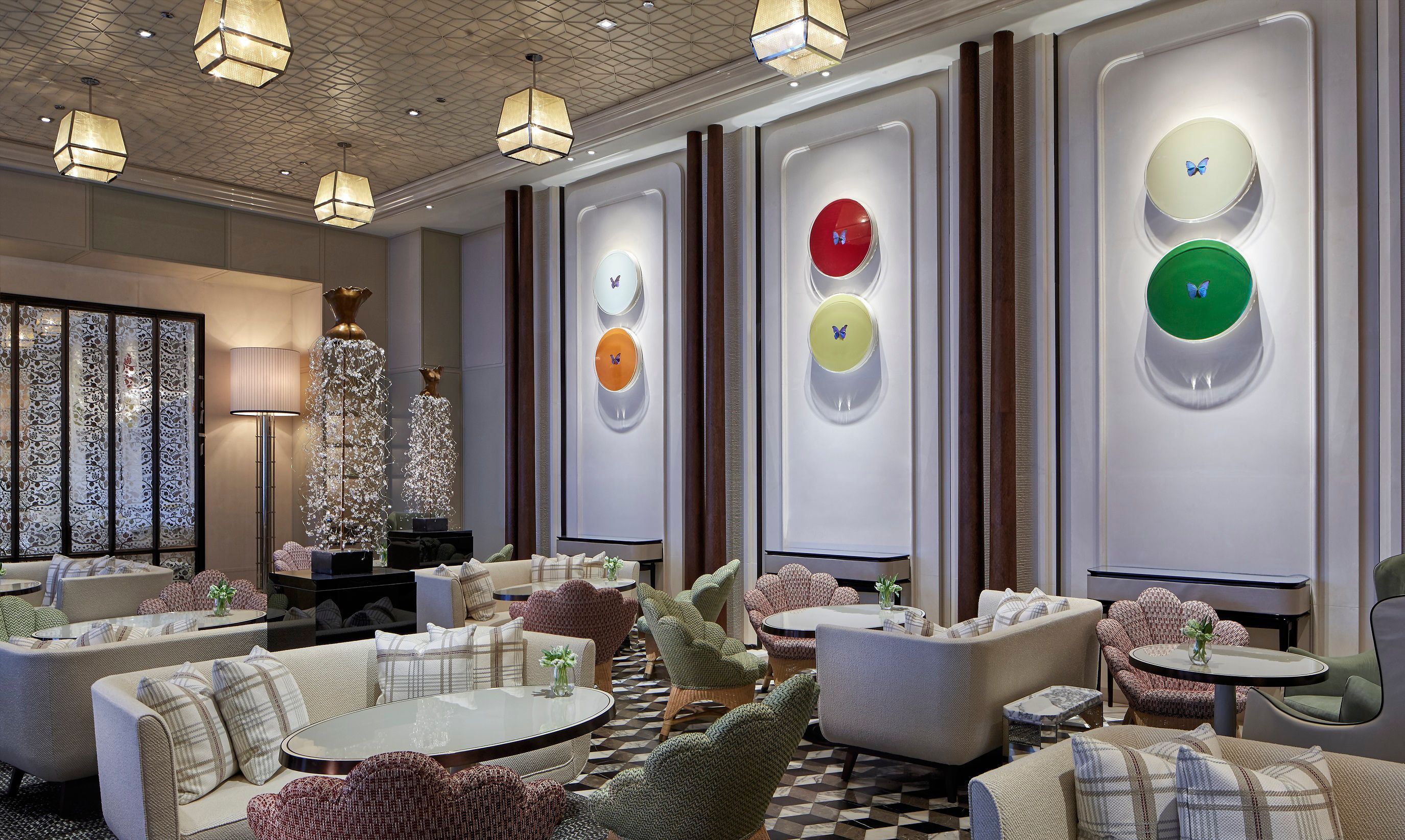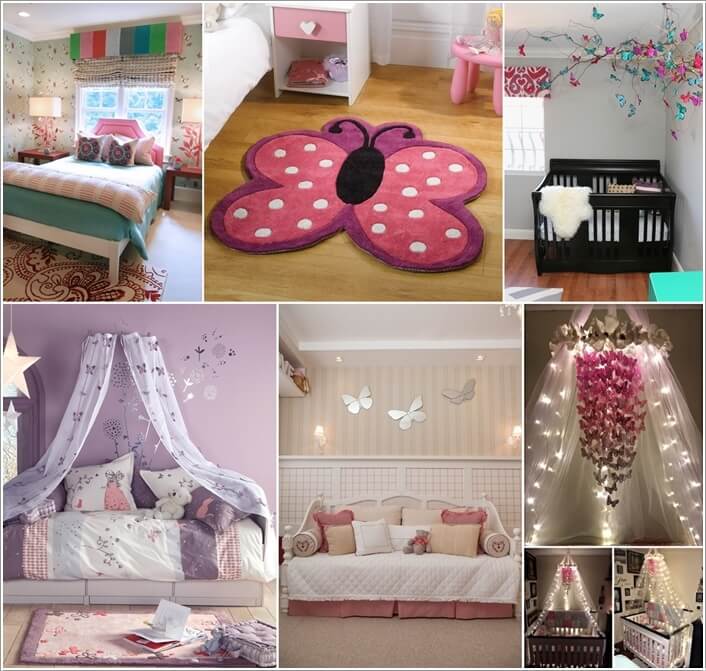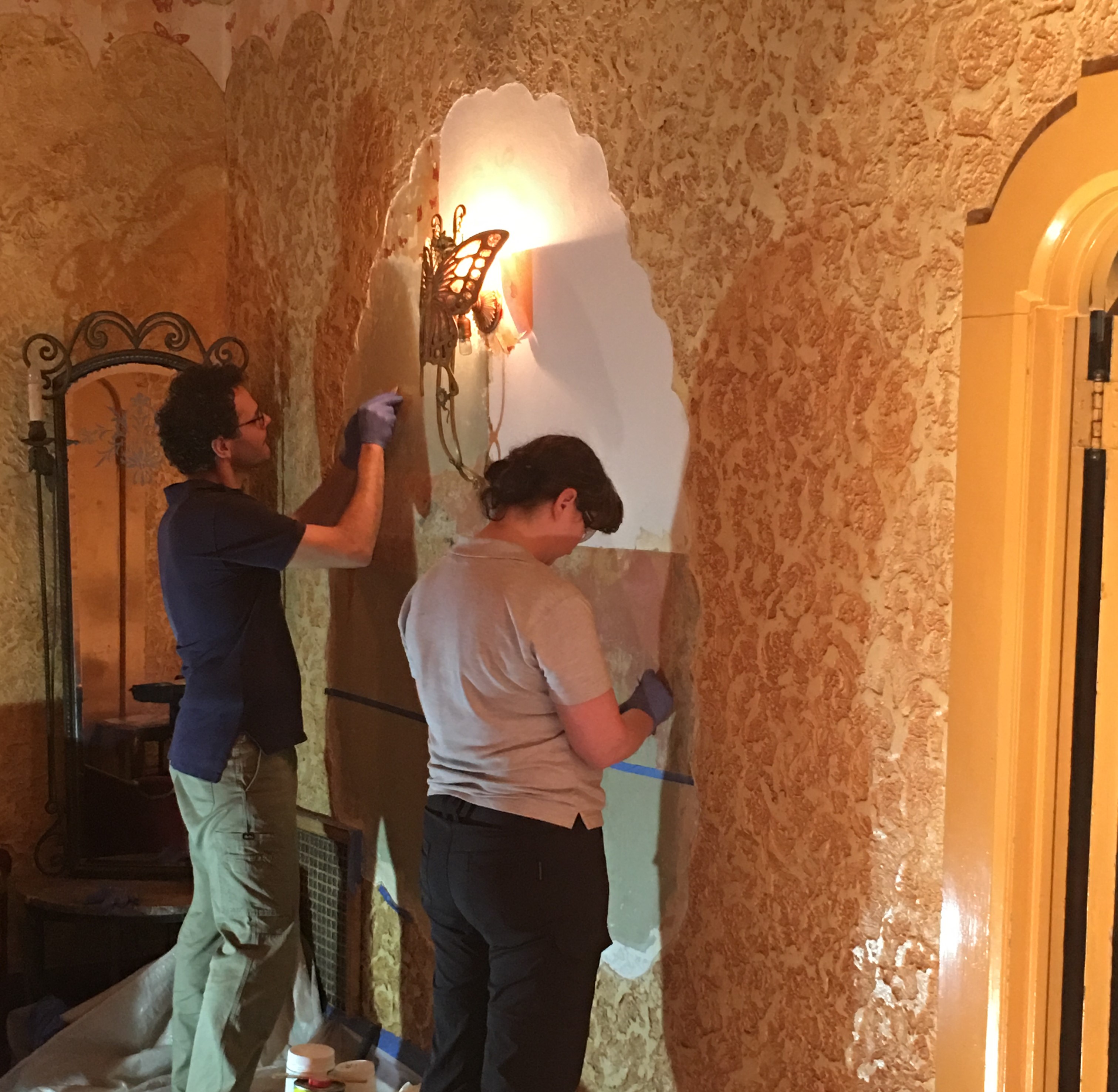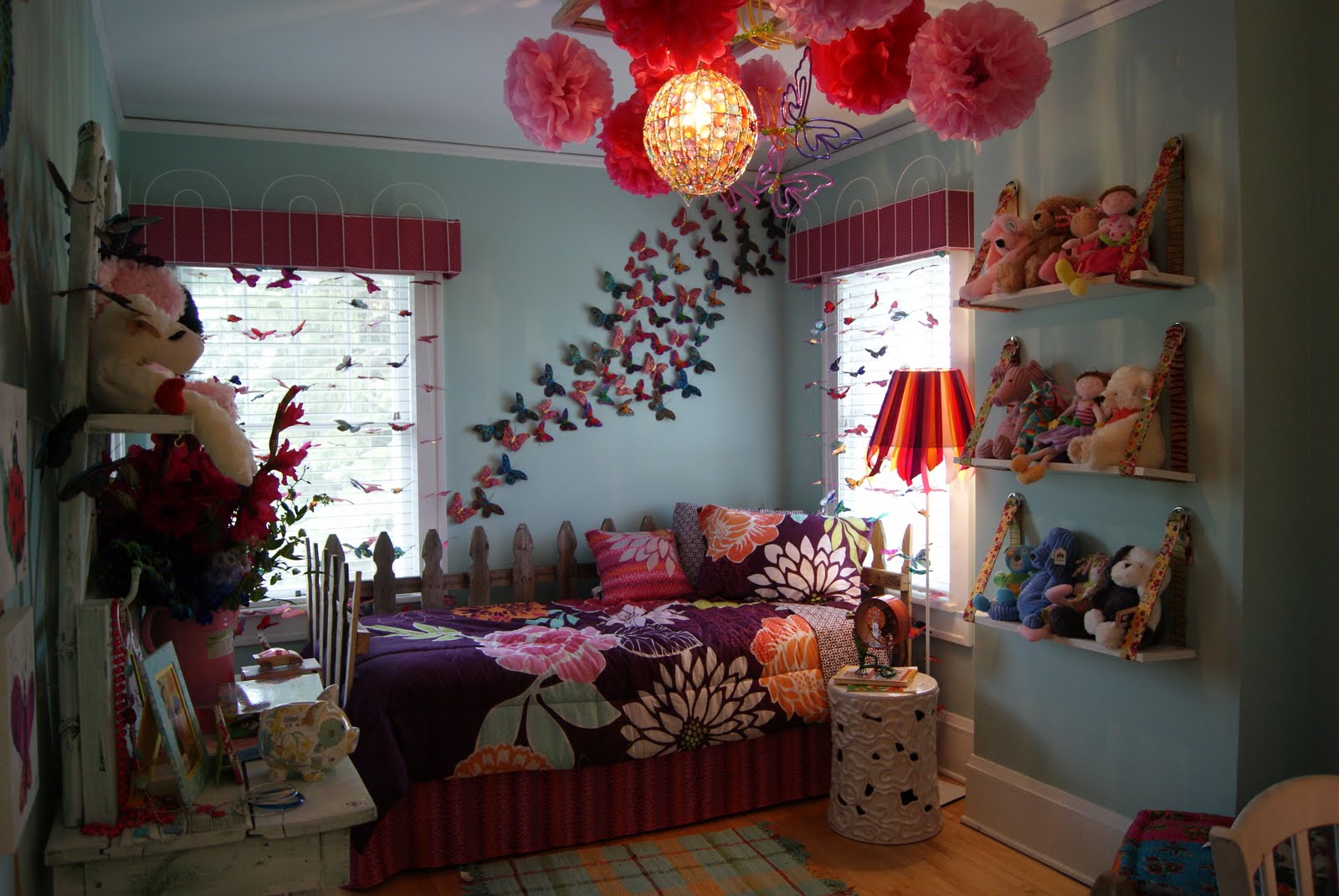
Introduction
A butterfly room is a magical place where nature enthusiasts can immerse themselves in the beauty of these delicate creatures. It is a serene oasis that offers a unique experience of observing and interacting with various species of butterflies in a controlled environment. This article explores the allure of butterfly rooms, their benefits, and how they can be created.
The Enchanting World of Butterflies

Butterflies have long captivated human hearts with their vibrant colors and graceful flight. They are symbols of transformation, beauty, and freedom. In a butterfly room, visitors can witness firsthand the mesmerizing dance of these winged wonders as they flutter from flower to flower, feeding and pollinating.
The Purpose of a Butterfly Room

The primary purpose of a butterfly room is to provide a haven for butterflies to thrive while allowing people to observe them up close. These rooms are carefully designed to mimic the natural habitats of butterflies, ensuring their comfort and survival. They serve as educational centers, raising awareness about the importance of these pollinators in maintaining ecological balance.
The Benefits of Creating a Butterfly Room

1. Conservation: Butterfly rooms play a crucial role in the conservation of endangered butterfly species by providing a safe environment for breeding and nurturing.
2. Education: These rooms offer a unique opportunity for visitors to learn about the life cycle, behavior, and ecological significance of butterflies.
3. Therapeutic Value: Observing butterflies in a serene environment can have a calming effect, reducing stress and anxiety.
4. Aesthetically Pleasing: The vibrant colors of butterflies and the lush greenery in a butterfly room create a visually stunning experience, pleasing to the eye.
Creating a Butterfly Room

Creating a butterfly room requires careful planning and attention to detail. Here are the essential steps:
Step 1: Research and Select Butterfly Species

Research different butterfly species to determine which ones are native to your region and suitable for captivity. Consider their food preferences, lifespan, and compatibility with other species.
Step 2: Design the Butterfly Habitat

Create a suitable habitat by providing ample space, appropriate temperature, humidity, and vegetation. Research the specific requirements of the chosen butterfly species and mimic their natural environment as closely as possible.
Step 3: Plant Butterfly-Attracting Flowers

Choose a variety of nectar-rich flowers that attract butterflies. Plant them strategically throughout the room to provide a continuous food source for the butterflies.
Step 4: Provide Host Plants

Research the host plants required by the selected butterfly species for egg-laying and caterpillar feeding. Ensure these plants are available in the butterfly room.
Step 5: Maintain Suitable Conditions

Regularly monitor and regulate temperature, humidity, and lighting conditions in the butterfly room. Keep the environment clean and free from predators or pests that may harm the butterflies.
Conclusion
A butterfly room offers a unique and enchanting experience, allowing visitors to connect with nature and gain a deeper understanding of the delicate ecosystem that butterflies inhabit. By creating such a serene oasis, we can contribute to the conservation of these beautiful creatures and promote awareness about their importance. So, step into a butterfly room and let your spirit take flight alongside these mesmerizing insects.